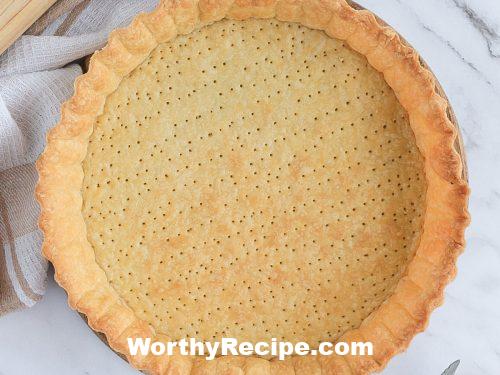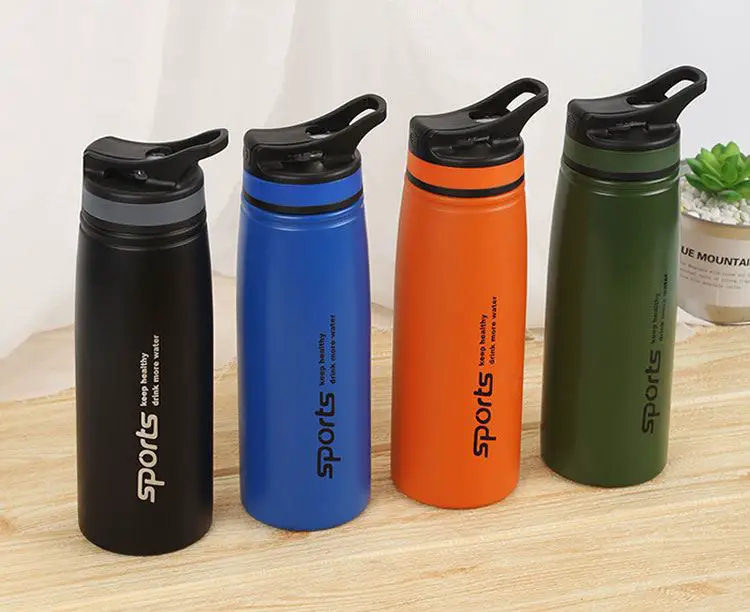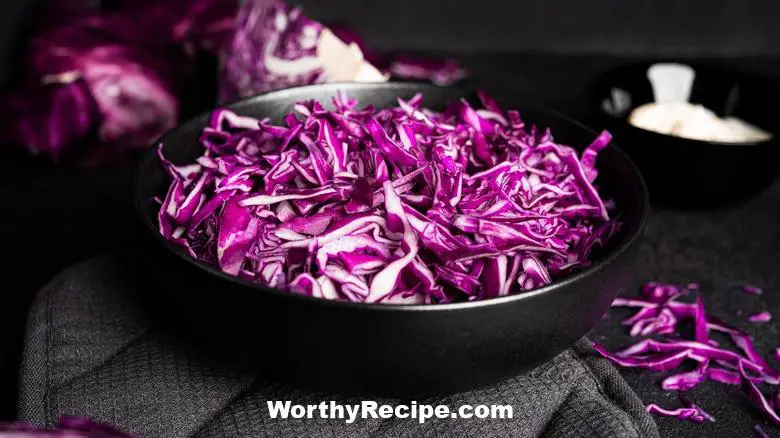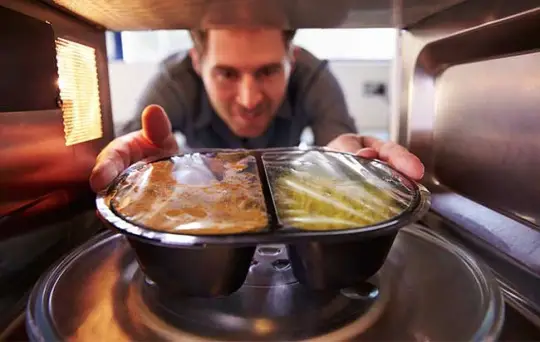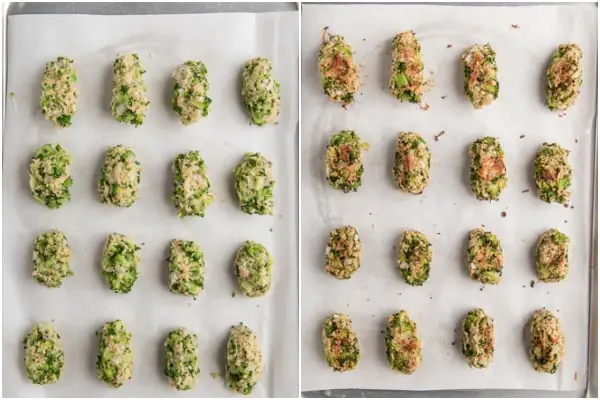Should You Blind Bake Frozen Shortcrust Pastry?
Introduction
When it comes to making pies or tarts, the quality of the crust can make or break the entire dish. One way to ensure a perfect crust is by blind baking it. Blind baking involves baking the crust without any filling, either partially or completely, before adding the filling and finishing off in the oven. However, when using frozen shortcrust pastry, it may not always be necessary to blind bake. In this article, we’ll explore whether you should blind bake frozen shortcrust pastry and how to do it correctly.
What is Blind Baking?
Blind baking is a technique used to pre-cook the pastry without filling, ensuring that it is cooked through and crisp before adding wet fillings that could make it soggy. When blind baking, the pastry case should be fully lined with parchment paper or foil and weighed down with pie weights or dried beans to prevent air pockets from forming and causing bubbles in the pastry.
Blind baking can be done partially or fully depending on the recipe. Partial blind baking is when you bake the pastry for a few minutes until it sets and dries, but not fully cooked before adding the filling. Fully blind baked crusts are cooked all through so that they are crisp and browned before filling.
The Benefits of Blind Baking
Blind baking has many benefits:
- Prevents soaking- Some fillings can make pastry soggy over time during cooking.
- Better crispness- The dough bakes more evenly with minimal shrinking which results in a good crunchiness texture.
- Pastry Case Integrity-It ensures that your pie or tart will hold together even after being removed from its pan.
The Use of Frozen Shortcrust Pastry
An alternative to homemade crusts is using frozen shortcrust pastry readily available in supermarkets. Shortcrust pastry is a versatile pastry and a staple for many sweet, savory, and traditional home-baked dishes. It is made with flour, fat (butter, lard or vegetable oil), and water and has been a popular choice for many years.
Advantages and disadvantages of frozen shortcrust pastry
Some advantages of using frozen shortcrust pastries include:
- Convenience- Shortcrust pastry can be easily purchased from supermarkets irrespective of the season
- Availability- It comes in different shapes and sizes which reduces food wastage.
- Cost-effective- It’s more affordable than the cost of ingredients used to make pastry from scratch.
However, frozen shortcrust pastries have drawbacks that may affect its performance in baked goods. They include;
- Poor versatility – The wide range of additives used as preservatives limits some of its flexibility common with home-cooked dishes.
- Inconsistency- While ready-made shortcrust pastries are in strict quality control, baked goods may vary in quality due to different cooking conditions such as oven temperature and time.
To get close to homemade shortcrust pastry, buy frozen varieties that list real butter or lard as their only fat source.
Comparison between Frozen and Homemade Shortcrust Pastry
While both variable options fulfill the same purpose, there are several differences between homemade and frozen shortcrust pastries. For example;
Frozen Shortcrust Pastry:
- Readily available irrespective of seasonal limitations
- Affordable
- Possibly have preservatives and additives
- less flavor but more consistent in quality.
Home-Made Shortcrust Pastry:
- Versatile with an array of recipe options
- Made with fresh ingredients and thus may be more flavorful
- subject to change based on the cook’s preference, expertise, and training.
- time-consuming
Why You May Want to Blind Bake Frozen Shortcrust Pastry?
There are instances when blind baking frozen shortcrust pastry may be necessary to ensure the overall quality of the pie or tart. For example:
- Filling with high water content- Fillings such as quiches or custard pies might need a base that can withstand moisture.
- Citrus or acid-based fillings – Frozen shortcrust pastries often have a lower fat content, making them susceptible to sogginess if not baked correctly.
How to Identify When Blind Baking is Necessary
To know if it’s necessary to blind bake before filling, here’s what you should do:
- Check the recipe- it will usually mention whether you need to pre-bake the crust or not.
- If the filling has a high liquid concentration, there’s a need to partially bake the crust before adding it.
- If you’re unsure, you can par-bake your crust, so giving your crust an initial cooking time before adding any wet mixture helps minimize sogginess.
How to Blind Bake Frozen Shortcrust Pastry
Blind baking frozen shortcrust pastry is a simple process that can be done by following these steps below.
What you need:
- Frozen Shortcrust Pastry (homemade or store-bought)
- Baking tray and parchment paper
- Dried beans or pie weights
Instructions:
- Remove the pastry from the freezer and let it thaw slightly for about 20 minutes before working on it to avoid cracking when unfolding.
- Preheat your oven to 375°F (70°C) for a few minutes (10-15 minutes).
- Roll out your pastry onto a floured surface until roughly around one-eighth of an inch thick.
- Gently place the pastry onto your oven-proof dish, tucking them into the shapes of the mold. Cut off the excess edges using a knife or kitchen scissors.
- Line it with parchment paper making sure to cover all sides and the base, Put in any amount of dried beans/pie weight to fill the pastry case but don’t overcrowd the dish to allow heat to distribute evenly within the pastry crust.
- Bake in preheated oven for about ten minutes until the crust starts setting but not browned yet
- With an oven glove Remove paper and weights after approximately ten minutes so that the crust browns more evenly and thoroughly for another five to ten minutes
Always set a timer when blind baking to keep track of time. Remember that times differ according to personal preferences, so if you enjoy crisper crusts, bake for a longer time.
When Should You Not Blind Bake Frozen Shortcrust Pastry?
Blind baking may not be necessary in the following instances:
- The filling has a low moisture content.
- The recipe instructions do not require that you blind bake.
It’s essential to follow the recipe and understand the goal of each pastry treat to use proper preparation methods.
Tips for Successful Blind Baking
Using quality ingredients can be one of the keys to great pie dough; here are other tips for successful baking.
- Pie weights or dried beans: For a better crust, make sure there are no gaps whatsoever by using more weight on edges. Additionally, you don’t need new weights every time you blind bake – store them in an airtight container and reuse them several times.
- Egg wash: to make your crust brown with a good shine, brush with an egg lightly beaten to give the surface of your crust a sheen. A glistening crust comes naturally out of the oven, giving your pies and pastries a lovely look.
- Cooling and storing: after baking place your pie in room temperature and wait till cooled before bringing under refrigeration
Common Mistakes to Avoid When Blind Baking
There are common mistakes to avoid when blind baking, including not docking the pastry before putting it in the oven or forgetting pie weights:
Some mistakes Include:
- Relying solely on timing: The cooking time and temperature from recipe guides take care of different ovens
- Inability to dock the pastry – In many pies, especially fruit pies, having holes on top helps moisture escape while preventing toppings from sinking like overfillings or sauces
- Using the wrong type of pie dish for the recipe can cause uneven baking, leading to under-baking and burning as a result of poor heat distribution.
Recipe Ideas for Using Blind Baked Shortcrust Pastry
Here are some recipes that use blind baked shortcrust pastry:
- Classic quiche fillings such as Lorraine, spinach & bacon, feta cheese & sundried tomatoes, etc.
- Fruit pies like apple, strawberry, peach or blueberry pie
- Savory pies such as beef and ale pie or chicken and mushroom pie
When using blind baked crust, make sure you adjust the baking times depending on the filling and instructions in the recipe.
Conclusion
Blind baking frozen shortcrust pastry comes down to what filling you’re putting in it. For better results, check your recipe requirements and judge based on that to avoid sogginess or a crust that falls apart with touch and is generally a disaster. Ideally, when deciding to blind bake your pastry base, ensure you consider the filling, timing, and temperature for the perfect result always remember to keep your pieces small and lidless when cutting pastry for utmost precision. #### What is blind baking, and why should I do it for frozen shortcrust pastry?
Blind baking means baking a pastry crust without any filling. It’s important for frozen shortcrust pastry because it ensures that the crust is fully cooked before adding any wet filling, preventing a soggy bottom.
#### Can I save time by skipping blind baking for frozen shortcrust pastry?
It’s not recommended to skip blind baking when using frozen shortcrust pastry. The moisture content of the filling can cause the crust to become soggy, undercooked, and even collapse. A few extra minutes spent on blind baking will ensure a delicious and crisp crust.
#### Can I blind bake frozen shortcrust pastry without weights?
Using weights when blind baking helps to prevent the crust from puffing up in the oven. While you can certainly try blind baking without weights, it may result in an unevenly cooked or puffy crust. For best results, use ceramic or metal pie weights or dried beans as a weight for your blind baked pastry.
#### How long should I blind bake frozen shortcrust pastry?
The recommended time and temperature for blind baking depend on the recipe you’re following. As a general rule of thumb, bake for 15-20 minutes at 200°C (400°F) until the edges are lightly golden, remove weights/beans and paper, then return to the oven and bake for another 5-10 minutes until golden brown all over. Always check in on your pastry while it’s in the oven to avoid burning.
